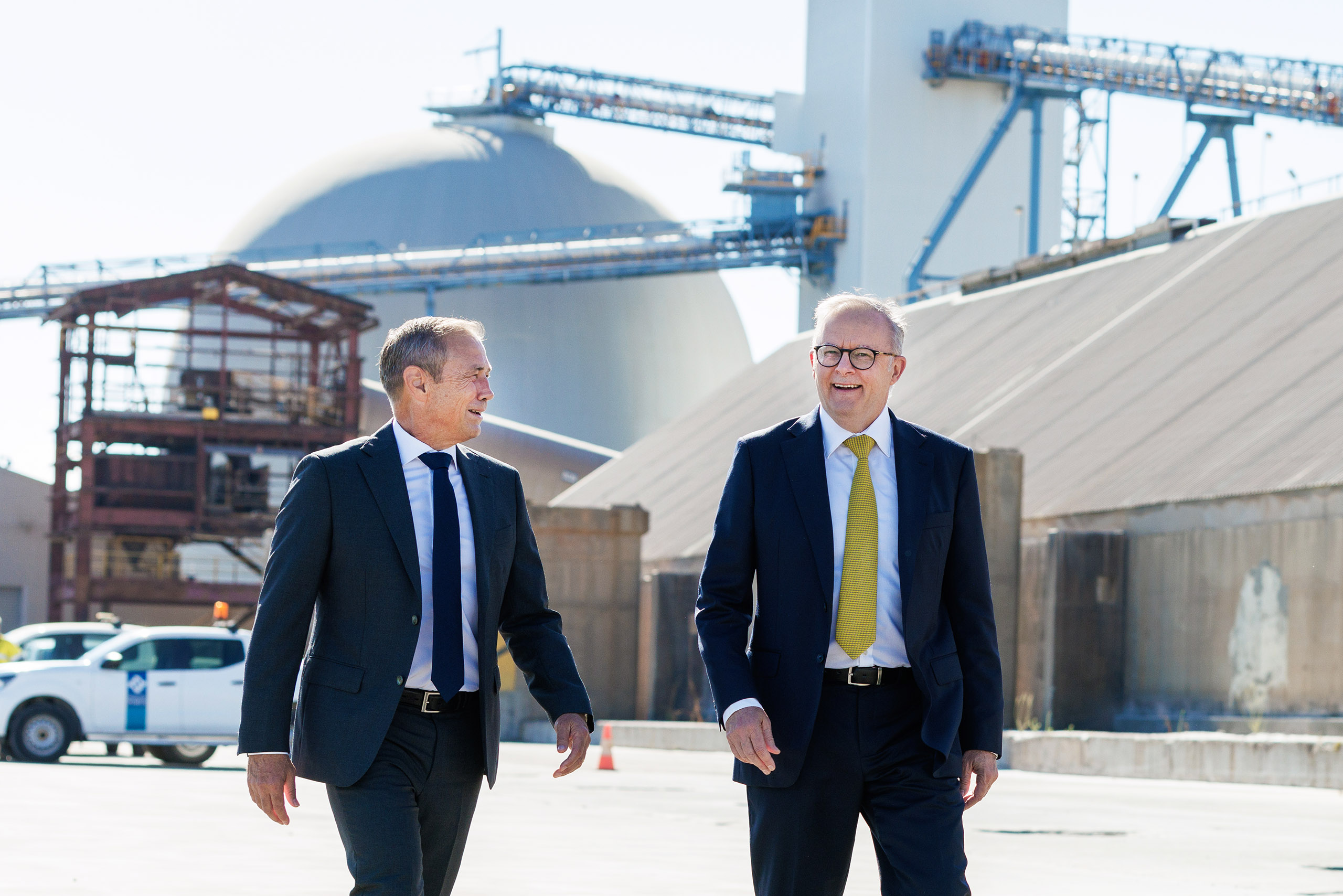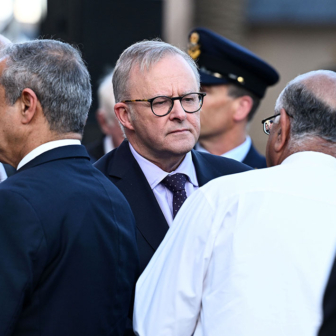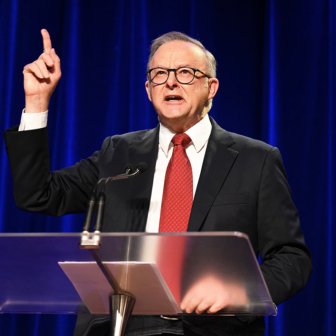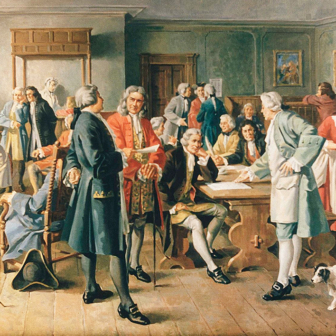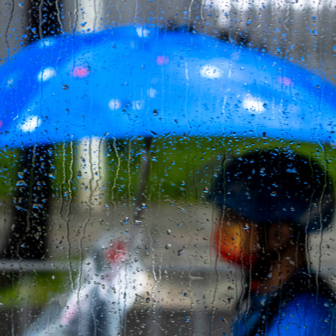Western Australia’s position as the metronome of Australian electoral politics is set to end in three weeks’ time. Since 1974, Labor and the Coalition have held government for roughly the same number of years; since 1993, they’ve taken turns governing for two four-year terms before returning to the opposition benches.
If that pattern held, we would expect the Labor government — elected back in 2017 — to be defeated on 8 March. But almost no one believes this will happen. Certainly not the opinion polls, several of which show Labor with a comfortable two-party-preferred lead of around 55–45 over the Liberal Party.
The principal reason is, of course, the incredible victory Labor had in 2021, when it secured fifty-three of the fifty-nine seats in the Legislative Assembly, reducing the Liberal Party to just two seats and turning the Nationals, with four, into the official opposition. For the first time ever, Labor also won a majority in the Legislative Council. That election was held amid the Covid-19 pandemic, when Labor’s then leader, premier Mark McGowan, was riding high on the back of his state’s isolationist stance. Most Western Australians were leading a relatively normal existence while the state’s economy roared ahead.
This time around, McGowan is almost two years into his retirement and Covid has retreated. But economic and population growth remain strong and the state’s finances are the healthiest in the country. Two factors explain the healthy coffers: high iron-ore royalties and the deal controversially legislated by Scott Morrison in late 2018 that gives the state 75 per cent of GST revenues generated in Western Australia rather than redistributing the funds to less fiscally healthy states.
Led by Roger Cook, McGowan’s former deputy and health minister during Covid, Labor is basing its case for re-election on these strong economic fundamentals, along with its spending on cost-of-living relief and moves towards economic and energy diversification. Cook is also contrasting Labor’s experience and unity with the current condition of the Liberal and National parties.
As leader of a relatively steady-as-you-go, non-ideological administration, Cook is keen to highlight his government’s economic development credentials in a traditionally pro-enterprise state. Strongly pro-gas, he has also “streamlined” environmental approvals, reduced the role of local government in planning decisions, and pulled back on Aboriginal cultural heritage legislation.
The government has also been active in more traditional Labor areas, making a record investment in public transport, abolishing regional vote-weighting in the Legislative Council, reforming electoral donations and financing, toughening gun laws, banning logging in native forests and introducing a series of legal changes aimed at protecting victims of crime and domestic violence.
After eight years in office, though, the government is vulnerable to attack. Liberal leader Libby Mettam, who is also shadow health minister, has been vocal in her criticism of Labor’s record on health, housing, police and other key government services, and is arguing that the government has its priorities wrong. Cook’s criticisms of the Barnett Liberal government’s record on ambulance ramping back when he was in opposition have returned to haunt him, with the problem having worsened on his government’s watch. House prices and rents have risen rapidly. Police recruitment goals have not been met.
Underlying those problems is the government’s constrained spending during its first term, in particular on health and housing, in response to what it saw as wasteful spending — and a soaring state debt — under the previous Liberal government. Youth justice issues have been contentious, too, with judges and human rights advocates highly critical of the decision to house the most serious offenders in a unit in an adult prison.
While Labor can be expected to lose some support because of these and other failings, there seems little likelihood of a boilover similar to the defeat of Campbell Newman’s Liberal National government in Queensland in 2015 — the only example in living memory of a government with a huge majority being defeated at the polls.
Conflicts between and within its opponents will also help Labor. Relations between the Nationals and Liberals, tense for many years, worsened when the Nationals became the official opposition. With so few seats to defend, the two parties find themselves in direct competition in Labor-held seats each is keen to win.
Making life more complicated for Nationals leader Shane Love is a challenge for his own seat from a Nationals defector now running for the Liberals. Poor opinion polls late last year generated leadership rumblings within the Liberals, even raising the possibility that Perth’s lord mayor Basil Zempilas, a well-known broadcaster running at this election, would take over the leader’s role from outside parliament (as Campbell Newman had in Queensland). Mettam stared down this threat in late November and has been campaigning hard ever since, although Zempilas is widely expected to challenge for the leadership during the next term of government — assuming he wins his seat of Churchlands (currently held by Labor on a 1.6 per cent margin) and the Liberals are still in opposition. Much of Labor’s campaign has consequently focused on Zempilas and the potential for leadership unrest.
The proximity of the federal election adds an unusual complexity to the election. Anthony Albanese has been a regular visitor to the state, aiming to shore up the four WA-based seats Labor won at the 2022 federal election when the McGowan effect was still very evident. Relations between Cook and Albanese have generally been good, but in recent months Cook has helped block federal attempts to impose tougher environmental laws that might adversely affect the resources sector. The two have also disagreed on the federal move to ban live sheep exports, which is a WA-based industry.
WA Labor is stressing state issues but the Liberals and Nationals have included plenty of mentions of the prime minister in their campaigns, reflecting the apparent unpopularity of federal Labor. If any state government can withstand negative federal spillovers, though, it should be Western Australia.
Also closely watched will be the Legislative Council, which now has a whole-of-state electorate consisting of thirty-seven seats chosen by proportional representation. Unlike the Senate, New South Wales or South Australia, the whole upper house is elected for a four-year term, not half, which reduces the quota to win a seat to a low 2.63 per cent of the total vote, giving minor parties a good chance. The government’s electoral reforms abolished group ticket voting, however, so we shouldn’t see any micro-party candidates being elected on a tiny percentage of the vote, as the Daylight Savings Party managed to do in 2021.
Labor is likely to lose its majority in the council and be forced to negotiate with crossbenchers to pass legislation. But the Nationals are the party most at risk from the new system: they won three seats based on 2.8 per cent of the vote in 2021, but a similar vote share this year would give them just one seat. Accordingly, they are running candidates in Legislative Assembly seats in metropolitan Perth in order to increase their profile and vote across the state.
Even though all elections start from scratch, the 2021 election result makes a comfortable WA Labor victory in 2025 almost inevitable. Even a 55 per cent two-party-preferred victory for Labor, as recent polls suggest, requires a swing of almost 15 per cent. In any other circumstances, this would be regarded as a massive vote of no confidence in the government. But such a swing would only bring Western Australia back to a situation similar to the 2017 election, when Labor won forty-one out of fifty-nine seats — at the time its largest-ever victory.
Such a result would be the minimum benchmark for the Liberal and National parties to launch a reasonable challenge in 2029. Otherwise, Western Australia could move from being a metronome state to one in which Labor is considered the natural party of government. •
